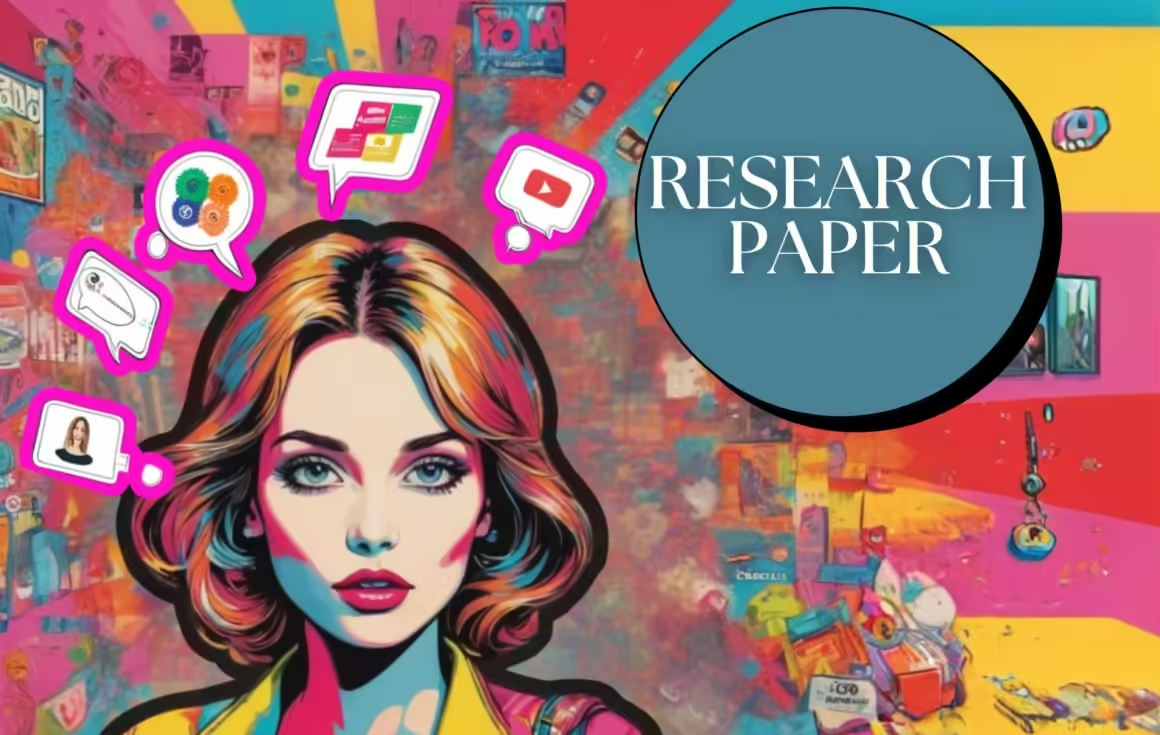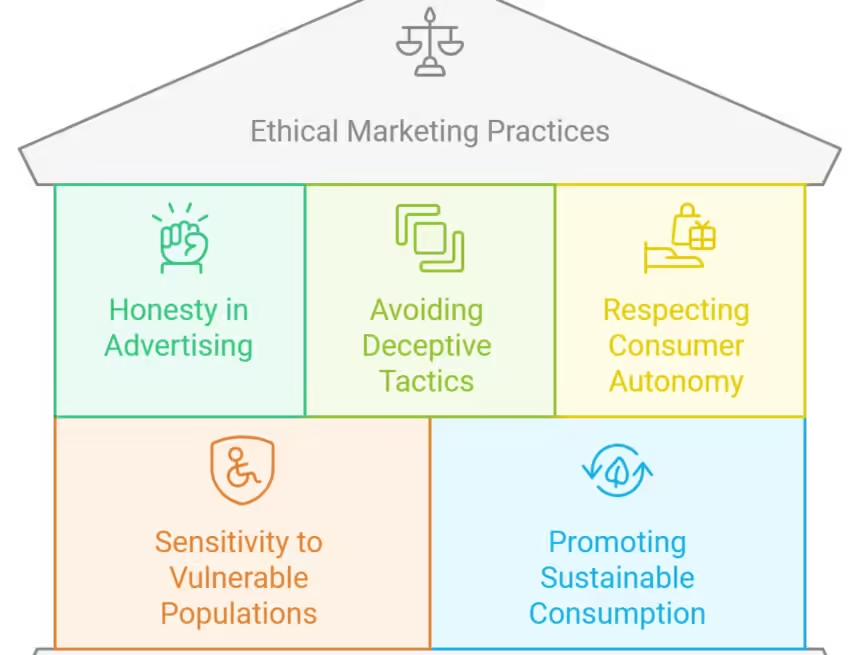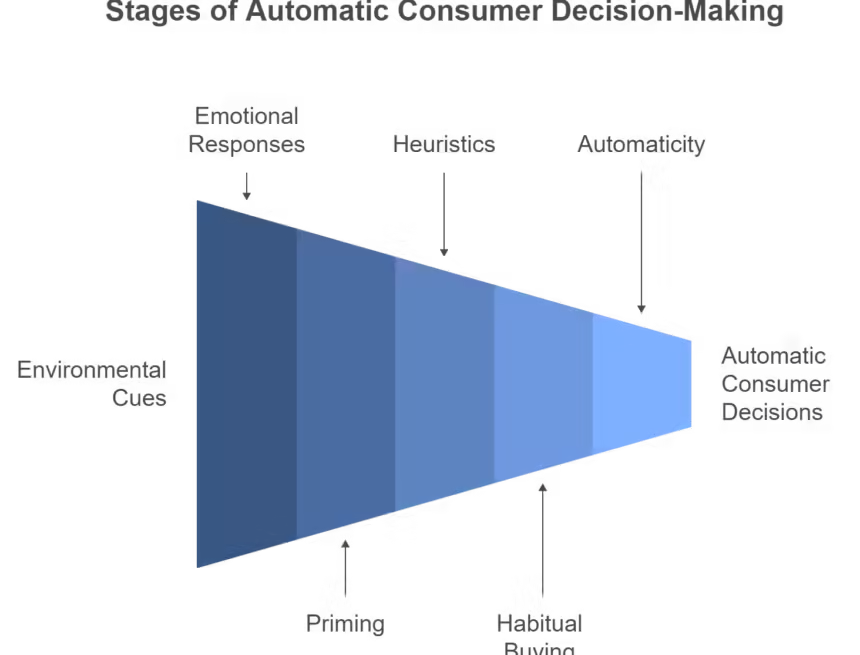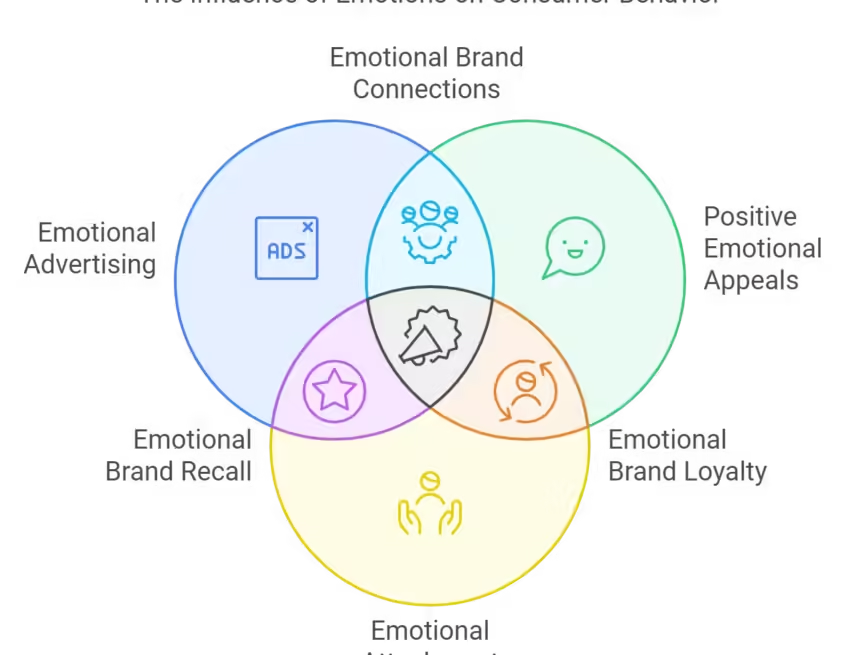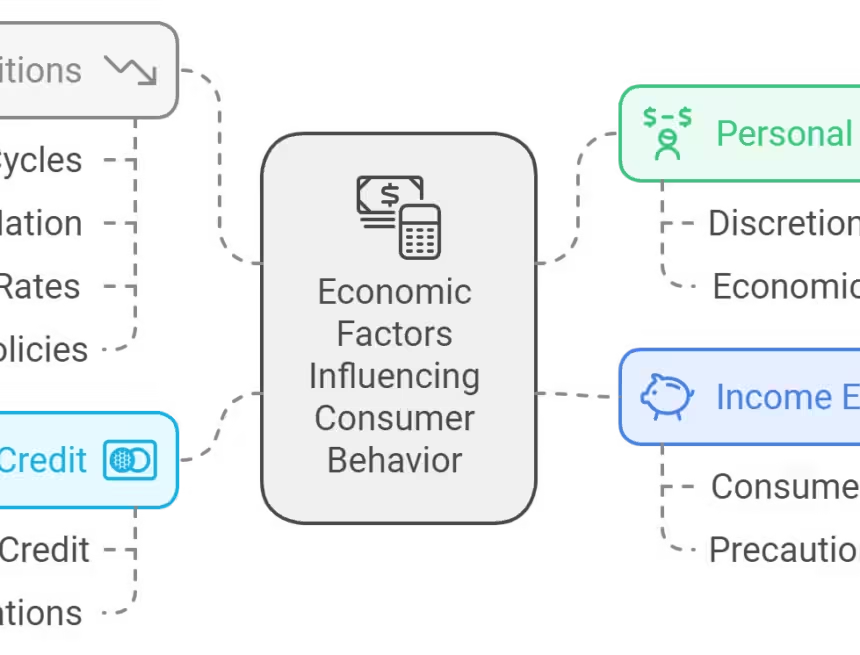The Psychology of Consumer Behavior
Why we buy what we buy.
The psychology of consumer behavior explores the intricate blend of psychological, emotional, social, and environmental factors that drive purchasing decisions. Understanding these influences helps businesses craft targeted marketing strategies that resonate deeply with consumers, fostering long-term loyalty and success. Discover how internal and external factors shape consumer choices and how brands can leverage these insights for effective marketing.
What is Consumer Behavior?
At its core, consumer behavior refers to the processes involved when individuals or groups select, purchase, use, and dispose of products, services, or ideas. This behavior is driven by a combination of emotional, psychological, and practical factors. By understanding consumer behavior, businesses can better target their marketing strategies and offer products that resonate with their audience.
Read more: Foundations of Customer Behavior
Internal Factors Shaping Consumer Behavior
The emotional and psychological elements that influence consumer behavior are deeply rooted in individual motivations, perceptions, and attitudes. Consumers make decisions based on internal drivers, such as:
- Motivation: What triggers a purchase? Often, it’s the fulfillment of basic needs or the desire for emotional satisfaction.
- Perception: How do consumers view a product? Our senses play a role in interpreting marketing messages, product design, and even packaging.
- Attitudes and Beliefs: Over time, experiences shape how we feel about certain brands or products. Positive attitudes lead to brand loyalty, while negative experiences might drive us away.
External Influences on Consumer Behavior
Consumer choices don’t exist in a vacuum. Social and cultural factors play a significant role in what we buy and why:
- Social Influence: From family to peer groups, people often look to others when making purchasing decisions. Recommendations, reviews, and even social media trends can heavily sway consumer choices.
- Cultural Norms: Our background, beliefs, and societal values affect what products we consider desirable. For example, in some cultures, luxury goods signify status, while in others, minimalism might be more valued.
The Power of Emotions in Driving Purchases
Ever bought something just because it made you feel good? Emotional responses to advertising can create lasting connections between consumers and brands. Emotional advertising taps into feelings like joy, nostalgia, or even fear to motivate purchases. This explains why we often associate certain brands with happiness, excitement, or comfort.
The Digital Age and Consumer Behavior
The digital revolution has significantly changed how consumers interact with brands. Online shopping, social media, and personalized marketing have opened new avenues for companies to engage with their audience. Today, many consumers rely on peer reviews, influencer recommendations, and data-driven personalized ads when making purchase decisions.
- E-Commerce & M-Commerce: Online shopping platforms allow consumers to make purchases at their convenience, while mobile commerce has added even more accessibility with just a click.
- Social Media Influence: Social media has transformed how we discover new products, interact with brands, and make purchasing decisions. User-generated content, peer recommendations, and viral campaigns shape how products are perceived.
The Impact of Personalized Marketing
Data is king in today’s consumer landscape. Big data allows businesses to craft highly personalized marketing messages tailored to an individual’s preferences and past behavior. Whether through targeted ads or curated recommendations, personalization boosts engagement and enhances the consumer experience.
Why Understanding Consumer Behavior is Key for Marketers
For marketers, understanding consumer psychology is essential for crafting successful campaigns. Businesses that align their strategies with the emotional, psychological, and social needs of consumers are more likely to foster strong relationships and build brand loyalty. By leveraging insights into how consumers think and behave, companies can adapt to trends, improve customer satisfaction, and stay ahead in a competitive marketplace.
Conclusion: The Art and Science of Buying
The psychology of consumer behavior is a complex yet fascinating field, offering valuable insights into why we buy what we buy. Whether motivated by emotional connections, social influences, or personalized digital experiences, our buying decisions are shaped by a blend of factors. For businesses aiming to connect with their audience, understanding these underlying motivations is key to creating marketing strategies that not only attract but also retain loyal customers.

